EU declaration conformity
Differential pressure sensor 0-6000 Pa - 24 VAC or VDC supply
Product description
Measurement Capabilities: This sensor measures differential pressure or air volume flow.
Flexible Outputs: Measured values are transmitted via both analog output and Modbus RTU communication.
Configurable Settings: You can adjust the analog output type, differential pressure range, and other settings using either Modbus RTU or jumpers on the PCB.
Flexible Power Supply: It operates on either 24 VAC or 24 VDC.
Operational Range: The sensor functions within a pressure range of 0 to 6,000 Pa.
Documents
Additional specifications and description
What are the Sensor's Primary Functions and Default Range?
The functionality of the differential pressure sensor is integral to the efficient operation of HVAC systems. This sensor, equipped with a single analogue output, serves the purpose of transmitting measurements related to either differential pressure, air volume flow or air velocity in a proportional manner. Primarily, the default range of this sensor spans from 0 to 6.000 Pa, where it conveys 0 V at 0 Pa and 10 V at 6.000 Pa.How Can the Sensor Be Configured and Controlled?
One notable feature of the SPS series is its compatibility with Modbus communication, facilitating seamless interaction and configuration through Sentera's 3SModbus software, available for download from our website. This software empowers users to remotely monitor and manage their HVAC systems using a computer interface. Parameters such as response time and output type can be adjusted via Modbus RTU communications.
Additionally, the series incorporates physical jumpers and dip switches on the electronic circuit board, offering manual adjustment options for sensor settings, ensuring flexibility in configuration. Jumpers provide a reliable means of configuring settings, as they are simple mechanical components with no reliance on software or firmware.
How Can the Sensor's Range and Output Type Be Customized?
The sensor's default operating range of 0 to 2.000 Pa can be tailored to specific requirements through either Modbus communication or adjustments via the PCB jumpers. Users can select from a range of operating options, including 0 to 1.000 Pa, 0 to 3.000 Pa, 0 to 5.000 Pa, and more, allowing for precise calibration based on application needs. Similarly, the sensor supports multiple analogue output types, namely 0-10 VDC, 0-20 mA and 0-100% PWM, with the default setting configured for 0 to 10 VDC. These output types can be modified using either the PCB dip switch or Modbus RTU.
The sensor's default operating range of 0 to 2.000 Pa can be tailored to specific requirements through either Modbus communication or adjustments via the PCB jumpers. Users can select from a range of operating options, including 0 to 1.000 Pa, 0 to 3.000 Pa, 0 to 5.000 Pa, and more, allowing for precise calibration based on application needs. Similarly, the sensor supports multiple analogue output types, namely 0-10 VDC, 0-20 mA and 0-100% PWM, with the default setting configured for 0 to 10 VDC. These output types can be modified using either the PCB dip switch or Modbus RTU.
What is the Sensor's Accuracy and When is a Higher Precision Sensor Recommended?
The differential pressure sensor's accuracy is sufficient for typical HVAC applications, ensuring reliable performance in monitoring and regulating airflow within ventilation systems. However, for scenarios demanding heightened precision, the advanced HPS series of differential pressure sensors is recommended, offering enhanced resolution and accuracy to meet stringent requirements.
How Does the Sensor Calculate Air Volume Flow?
An essential functionality of the sensor lies in its ability to calculate air flow volume, facilitated by defining the K-factor of the fan within the Modbus registers. By incorporating this K-factor, the sensor utilizes differential pressure measurements to accurately determine air flow volume, enabling precise control and optimization of HVAC systems.
What are the Sensor's Physical and Durability Features?
The enclosure is made from premium r-ABS VO (UL94) plastic, renowned for its exceptional quality. This material exhibits impressive heat resistance and durability, providing excellent protection against impacts. Additionally, the pressure connection nozzles are constructed from aluminum. With an IP65 rating, the sensor enclosure ensures effective defense against dirt and water infiltration. It is wall mounted and can be used both indoors and outdoors.

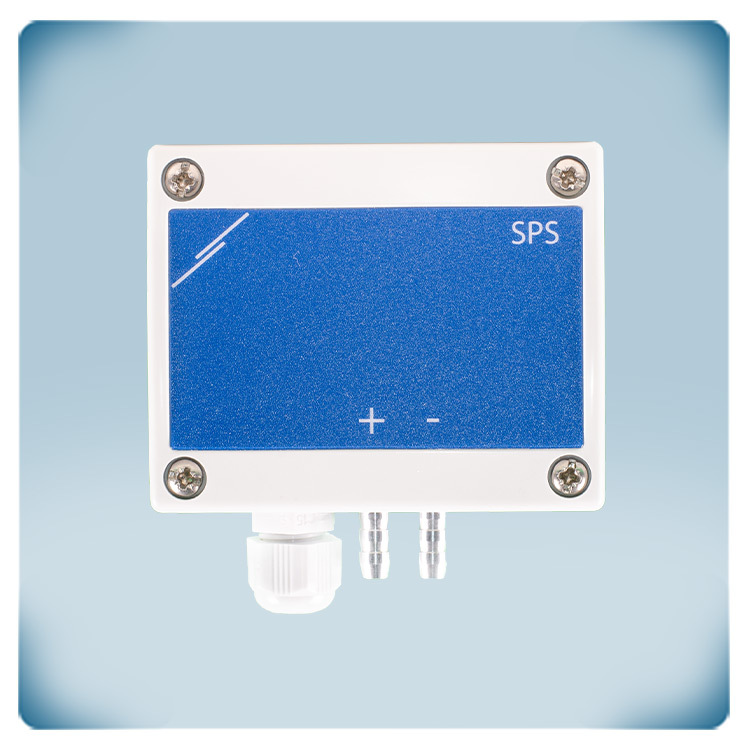
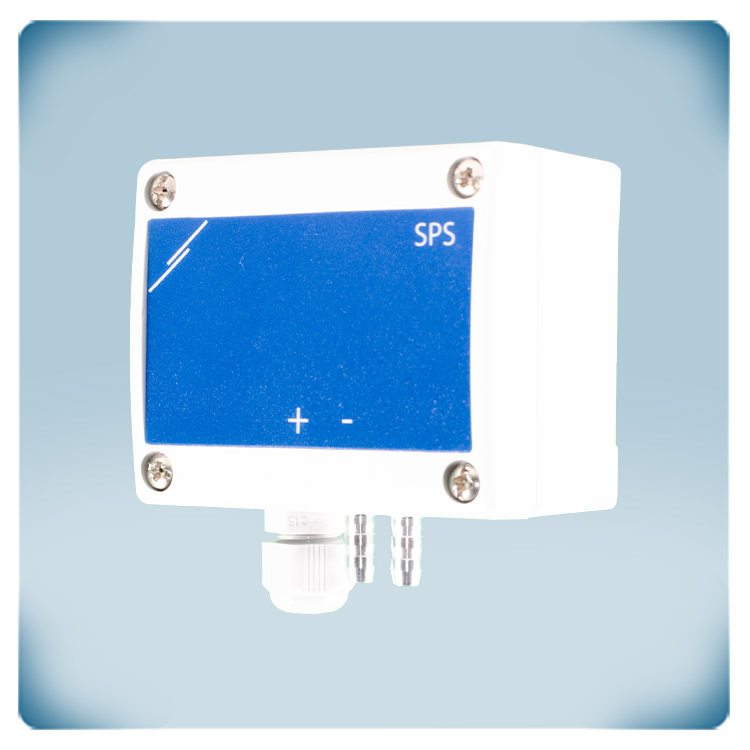
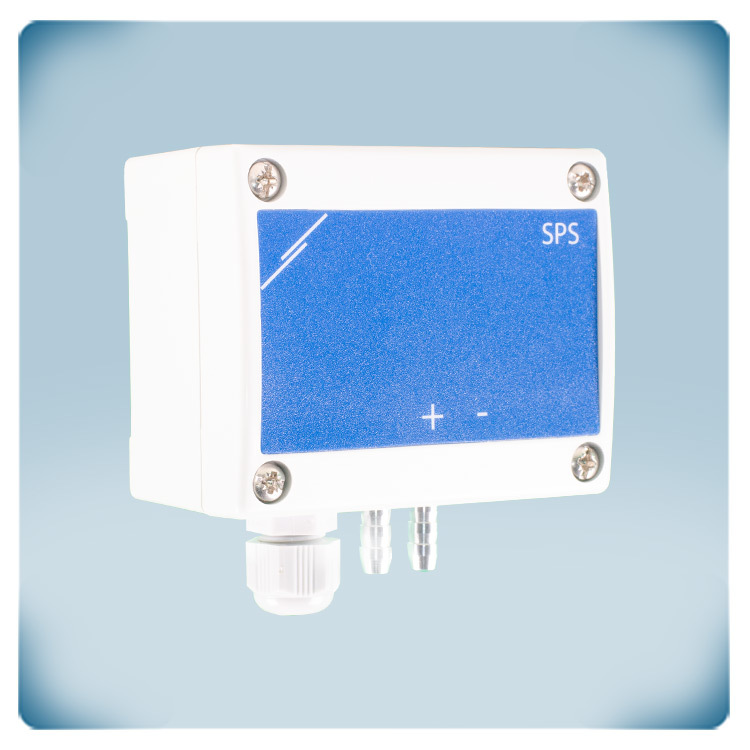
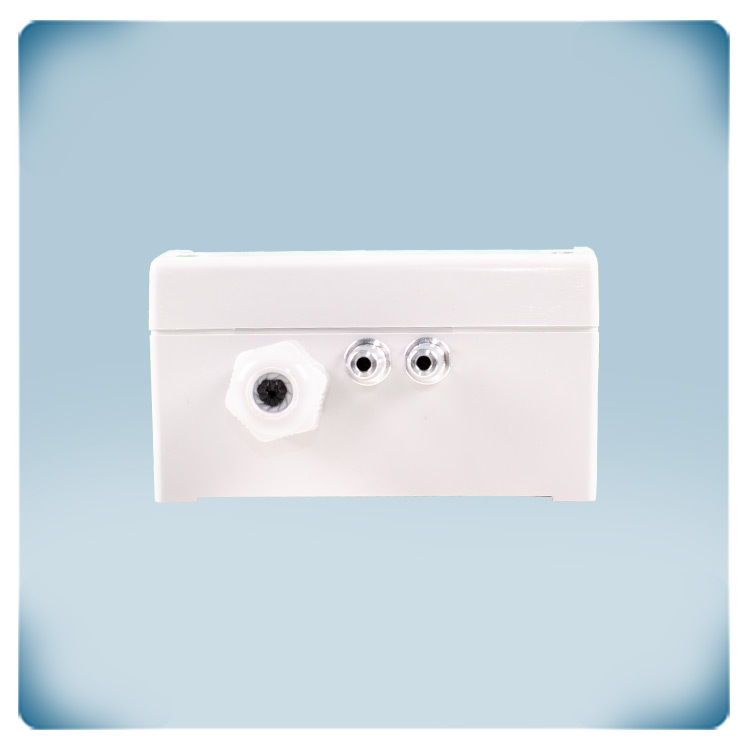

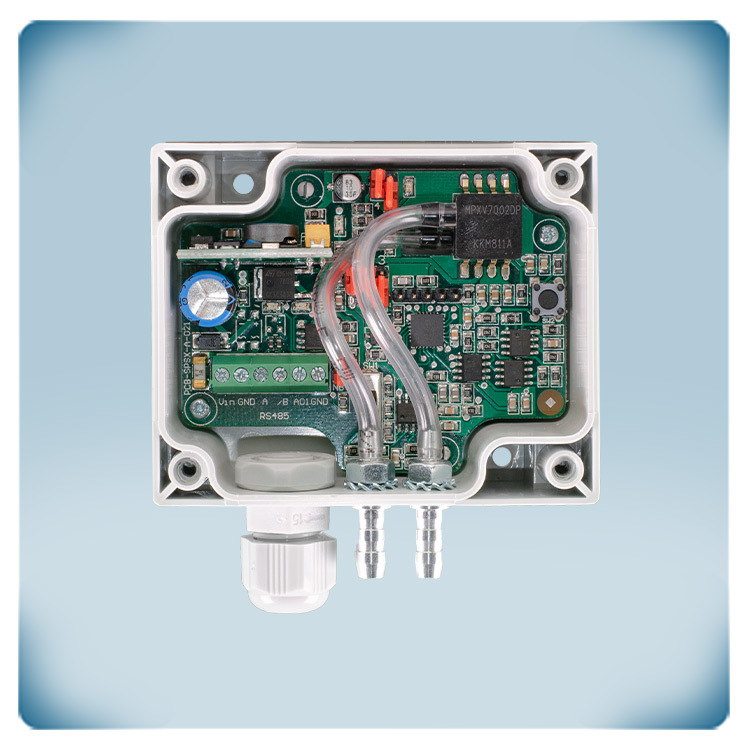
.webp)
.webp)
.webp)
.webp)
.webp)
.webp)
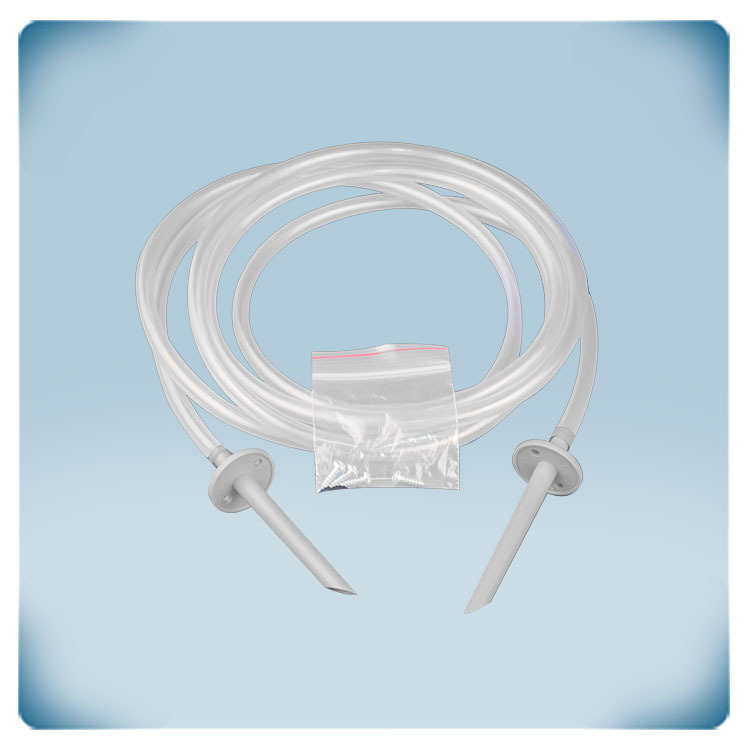

Remarks, reviews & ratings